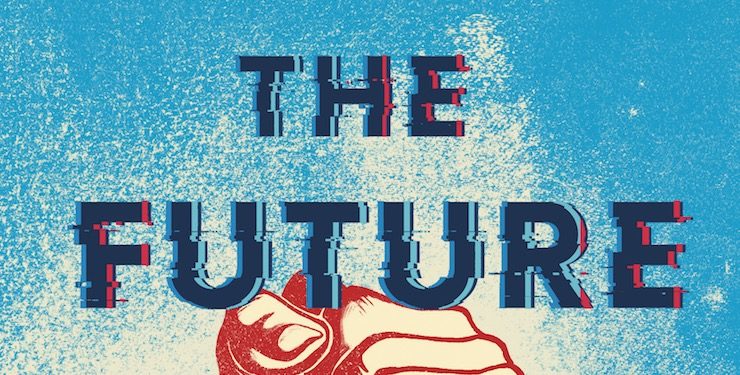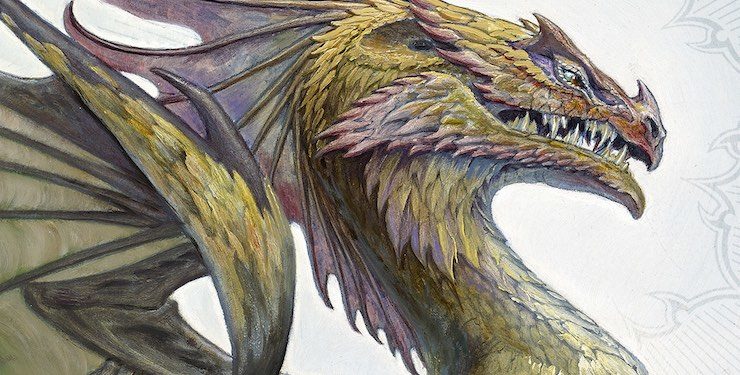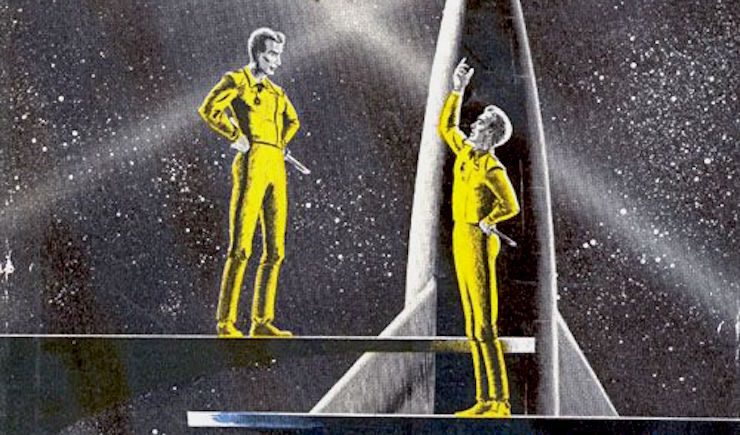I believe I’ve mentioned the Suck Fairy a few times here but without ever discussing her in depth. I first heard of her in a panel on re-reading at Anticipation, when Naomi Libicki explained her to the rest of us. Naomi has since said she heard of her from her friend Camwyn. Wherever she came from she’s a very useful concept. This post is directly related to that panel, and also one at Boskone this year.
The Suck Fairy is an artefact of re-reading. If you read a book for the first time and it sucks, it’s nothing to do with her. It just sucks. Some books do. The Suck Fairy comes in when you come back to a book that you liked when you read it before, and on re-reading—well, it sucks. You can say that you have changed, you can hit your forehead dramatically and ask yourself how you could possibly have missed the suckiness the first time—or you can say that the Suck Fairy has been through while the book was sitting on the shelf and inserted the suck. The longer the book has been on the shelf unread, the more time she’s had to get into it. The advantage of this is exactly the same as the advantage of thinking of one’s once-beloved ex as having been eaten by a zombie, who is now shambling around using the name and body of the former person. It lets one keep one’s original love clear of the later betrayals.
Of course, there isn’t really a Suck Fairy (also, that isn’t really a zombie) but it’s a useful way of remembering what’s good while not dismissing the newly visible bad. Without the Suck Fairy, it’s all too easy for the present suck to wipe out the good memories. And it’s much better than doing the whole “hate myself for loving you” thing and beating yourself up. The name is genius, because it’s always helpful when something isn’t real but is a useful model to have names that make this clear. Nobody really believes in an actual literal Suck Fairy, but that doesn’t stop her being very handy to know. She’s wonderful shorthand for a whole complicated process.
In her simplest form, the Suck Fairy is just pure suckitude. You read a book you used to love, and—something’s happened to it! The prose is terrible, the characters are thin, the plot is ridiculous. Worst of all, that wonderful bit you always remembered, the bit where they swim into the captured city under the water gate at dawn, and when they come out of the water in the first light and stand dripping on the quay, it all smells different because the enemy’s campfires are cooking their different food—it turns out to be half a line. “Next morning we went in by the water gate.” This most typically happens with re-reading children’s books. It’s like the moral opposite of skimming, where you’ve dreamed in extra details the book never mentioned. The thin thing you’re re-reading can’t possibly be what you remember, because what you remember mostly happened in your head. The Suck Fairy has sucked all the juice out of it.
Suck Fairies travel in battalions. Her biggest siblings are the Racism Fairy, the Sexism Fairy, and the Homophobia Fairy. Here, the thing you have to ask yourself is “How could I have missed that!” and the real answer is you were younger, more naive, less conscious of issues that now loom larger. It’s sometimes the “it was 1961” defence—very few people were thinking about these issues, and they went right over your head, too. These are ones that frequently attack my shelves. Sometimes I can justify them with “the author was ahead of their own time on this issue, if behind ours.” Heinlein gets far more hassle for his female characters than Clarke or Asimov, because Heinlein was actually thinking about women and having female characters widely visible. Other times, not so much—I just have to shudder and move on.
Then there’s the Message Fairy. The lovely story you remember as being a bit like the Phantom Tollbooth has been replaced by a heavy-handed Christian allegory! Again, this most often happens with children’s books or books read when you were a kid. Kids are really good at ignoring the heavy-handed message and getting with the fun parts. It’s good they are, because adults have devoted a lot of effort writing them messages thinly disguised as stories and clubbing children over the head with them. I read a lot of older children’s books when I was a kid, and you wouldn’t believe how many sugar-coated tracts I sucked the sugar off and cheerfully ran off, spitting out the message undigested. (Despite going to church several times every Sunday for my whole childhood, I never figured out that Aslan was Jesus until told later.) The Message Fairy also attacked some YA books to insert messages telling teenagers not to do drugs and/or sex. Political messages also abound.
Closely related to the Message Fairy is the Trope Fairy. This isn’t a case where the author’s trying to disguise a message that you should love God, or the Free Market. It’s more a case of buying into a message that there’s One Person for Everyone, or Love Always Has Three Corners, or People Who Have Sex Die, or Torture Gets Results. These things are very common in narrative, and it’s possible to read past them lots of times, and then when you do become aware of them, they’re everywhere and make you want to scream. Once you’ve noticed The Black Guy Always Dies you can’t but groan when it happens.
I find it very hard to re-read books once I’ve found the Suck Fairies have been at them. If I don’t pick up the book I can try to keep the memory of the good times, but re-reading brings me face to face with the Suck Fairy.
Photo by Flickr user cindiann used under Creative Commons license
Jo Walton is a science fiction and fantasy writer. She’s published eight novels, most recently Half a Crown and Lifelode, and two poetry collections. She reads a lot, and blogs about it here regularly. She comes from Wales but lives in Montreal where the food and books are more varied.













